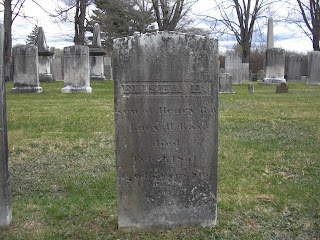Both the modern day Bible and the Quran identify Cain as the first son born of Adam and Eve, his brother Abel being the second. Cain was said that have been a cultivator of the land while Abel was a shepherd. One evening Cain selected the finest of his harvest to present to God the Father as an offering. Abel also presented an offering, comprised of the finest calf of his flock and other choice cuts of meat from fatted calves among his herd. God found favor in Abel’s offering and showered praise down upon him, while no praise was given to Cain.
